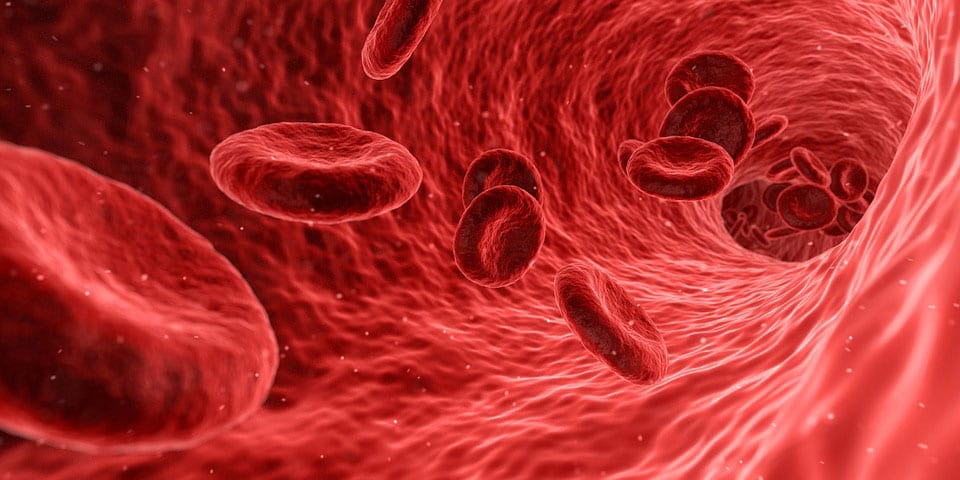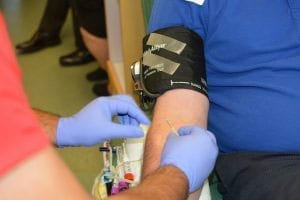From May 11 to 14, 2021, the American Society of Gene & Cell Therapy (ASGCT) Virtual Annual Meeting took place. During the 24th annual meeting, a variety of stakeholders met to discuss advances in the gene and cell therapy arena. According to the National Hemophilia Foundation, discussions from biotechnology company BioMarin Pharmaceutical (“BioMarin”) centered around Roctavian (valoctocogene roxaparvovec) preclinical data. The investigational gene therapy is designed to treat adult patients with hemophilia A.
Hemophilia A
Also known as factor VIII (FVIII) deficiency or classic hemophilia, hemophilia A is an inherited bleeding disorder which prevents the blood from clotting normally. People with hemophilia A lack factor VIII, a clotting protein. Because of this, patients experience lengthy and continued bleeding episodes, particularly after injury, surgery, or dental care. Hemophilia A is inherited via the X chromosome, on which F8 mutations occur. Thus, females are typically carriers of hemophilia A, while males usually inherit symptoms. But the National Hemophilia Foundation also shares that an estimated 33% of all patients with hemophilia A have no previous family history of the condition. While about 25% of patients experience mild symptoms, and 15% experience moderate symptoms, around 60% of patients experience severe symptoms. These include:
- Easy bruising and bleeding
- Nose bleeds with no known cause
- Heavy bleeding after cuts, dental work, trauma, or surgery
- Excessive menstruation and/or bleeding after childbirth
- Hematomas below the skin
- Note: Hematomas are solid masses of congealed blood.
- Digestive and urinary tract bleeding
- Note: This may result in black or tarry stool, or bloody urine.
- Joint pain and inflammation
- Note: This is caused by joint-related bleeds.
If patients experience any of the following symptoms, it could highlight potential bleeding in the brain. Those with hemophilia A who have these symptoms should speak to their doctors immediately:
- Severe and prolonged headache
- Blurred or double vision
- Neck stiffness
- Excessive sleepiness/fatigue
- Sudden muscle weakness and/or difficulty walking
- Nausea and vomiting
- Seizures
Learn more about hemophilia A.
Roctavian
So what is Roctavian? According to BioMarin, valoctocogene roxaparvovec (Roctavian) is:
an investigational AAV5 gene therapy under regulatory review for the treatment of severe hemophilia A.
The therapy is designed to cut down on spontaneous bleeds in patients with severe hemophilia A. Typically, these patients require up to 3 intravenously administered treatments each week for a prophylactic regimen. However, patients may still experience spontaneous bleeding events. Roctavian aims to address this. Once administered to the liver via the AAV5 vectors, Roctavian enhances FVIII production.
ASGCT Presentations
Altogether, BioMarin presented three times on Roctavian during the ASGCT Annual Meeting. In the first (oral) presentation, researchers discussed how healthy male mice received one singular Roctavian dose, administered straight into the bloodstream. Next, researchers measured RNA, FVIII protein, and FVIII DNA levels. Some findings include:
- Higher doses of Roctavian led to higher FVIII and Glucose-Regulated Protein (Grp78) levels. Normally, Grp78 works by folding proteins and moving them out of cells. Thus, researchers believe that patients who have higher Grp78 levels are better able to move FVIII into blood circulation.
- More AAV5 vector DNA in the liver was associated with increased FVIII. Thus, being able to administer the treatment to the liver could improve patient outcomes.
- Outside of liver uptake and Grp78, AAV receptor patterns, DNA repair mechanisms, and cholesterol levels all potentially impact how FVIII is expressed.
In the second (poster) presentation, researchers discussed safety issues relating to gene therapy. While gene therapy offers a variety of benefits for patients, there are also some ethical considerations. Additionally, many wonder how gene therapy could impact our genome and overall health. Within this study, researchers treated 12 non-human primates with Roctavian. Next, researchers collected and evaluated liver samples within 13 to 26 weeks. Altogether, only 0.1% of samples signified DNA integration. There were also no signs of integrated cells growing in an abnormal fashion or causing pre-cancerous symptoms. Thus, researchers determined that Roctavian is relatively safe and well-tolerated.
Finally, BioMarin presented another poster on how corticosteroids affected AAV gene therapy. In particular, researchers wanted to understand how corticosteroid hormones used before gene therapy affected immune response and AAV gene expression. For this research, the study used mice models. Ultimately, researchers determined that using this therapy prior to gene therapy helped avoid unwanted or harmful immune responses.
Moving forward, BioMarin looks to submit a marketing authorization application in the EU within the month and a biologics license application in America by early 2022.







